Krasnale tolerancji (Dwarfs of Tolerance)
The dwarfs – a saxophone player and another one with dreadlocks - are proof that Wrocław is open to other cultures.
The dwarfs – a saxophone player and another one with dreadlocks - are proof that Wrocław is open to other cultures.
 0 km
0 km
The sculpture of Ewa Rossano is located at the corner of the streets św. Antoniego and Kazimierza Wielkiego.
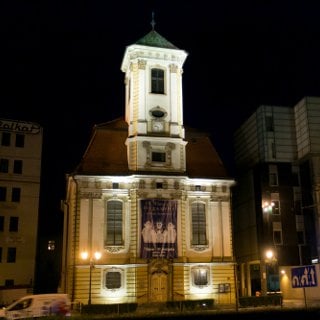 0.1 km
0.1 km
In 1947 the temple was given to the Evangelical Church of the Augsburg Confession and consecrated with the name of the God's Provi..
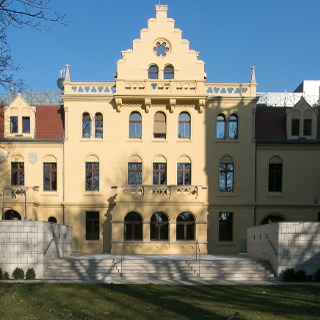 0.1 km
0.1 km
The ;ate nineteenth-century palace in ul. Włodkowica 4 was commissioned by the President of the Reichstag - Count Franz Xaver von ..
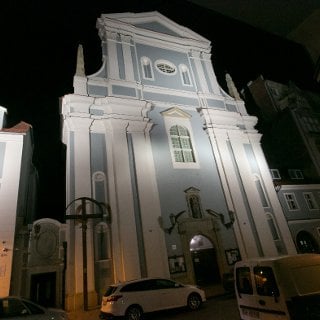 0.1 km
0.1 km
It is the oldest Baroque church in Wrocław where the part of the inventory from 18th c. is still inside.
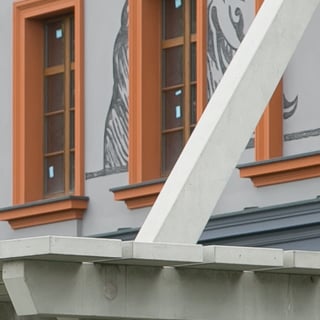 0.3 km
0.3 km
The “Chair” by Tadeusz Kantor is located on an island between ul. Rzeźnicza and ul. Nowy Świat.
 0.3 km
0.3 km
A 15th century temple was built in the place of a wooden cemetery chapel. In the first half of the next century it was taken by th..
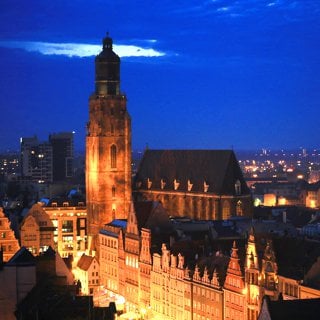 0.3 km
0.3 km
The garrison church is one of the most important city churches and one of the symbols of Wrocław. The basilica was destroyed many ..
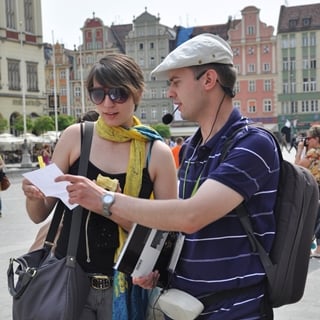 0.1 km
0.1 km
Wrocław tours with licensed city guides.
 0.1 km
0.1 km
Wrocław is a veritable cycling paradise featuring over 214 kilometres of cycling lanes, including 16 kilometres in the parks and 1..
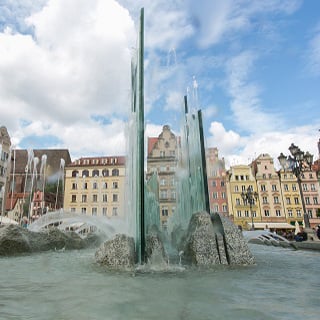 0.2 km
0.2 km
The Fountain (Fontanna “Zdrój”) was built in 1996, to the project of prof. Alojzy Gryt from the Academy of Fine Arts (Akademia Szt..
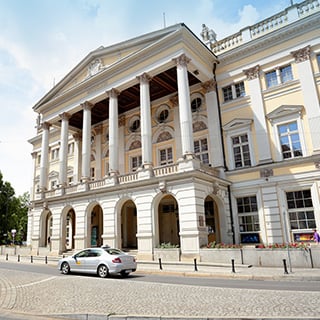 0.3 km
0.3 km
The Wrocław Opera is one of the biggest and one of the most important operas in Poland. Since 1995 it is directed by prof. Ewa Mic..
 0.4 km
0.4 km
Galerie na Jatkach are on the tourist map of Wrocław and the statues of a goat, pig, rooster, goose with an egg and a rabbit attra..